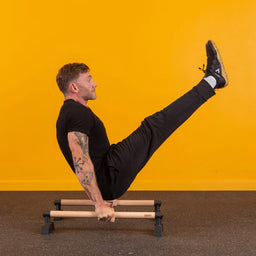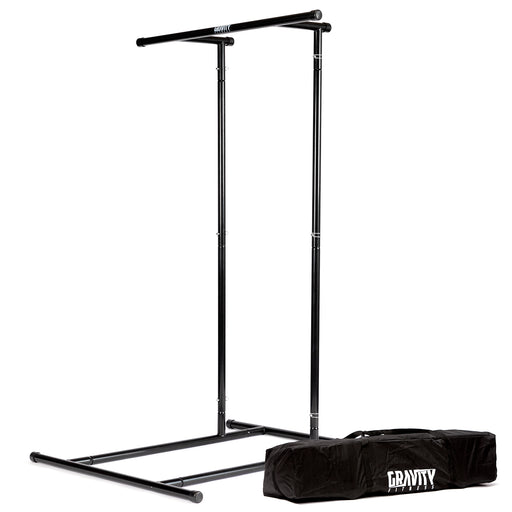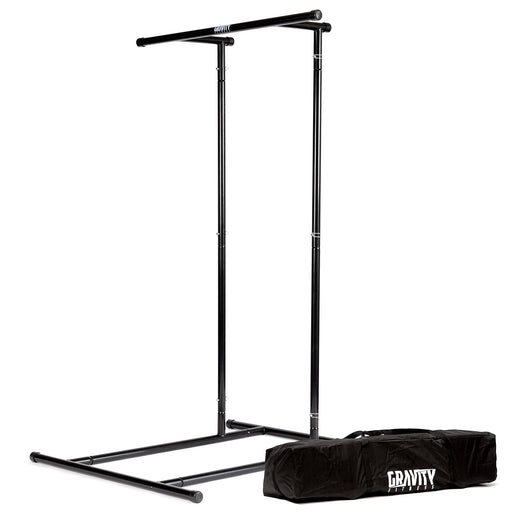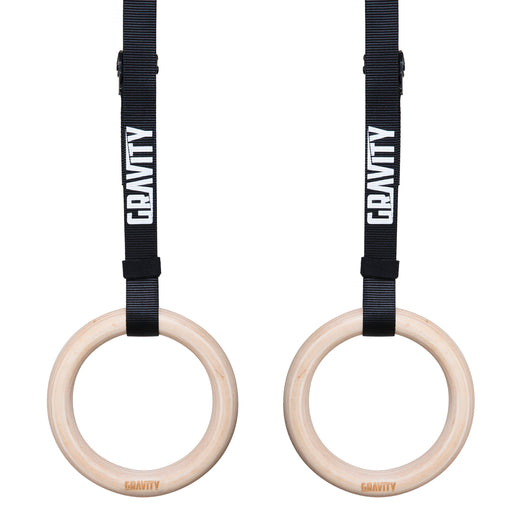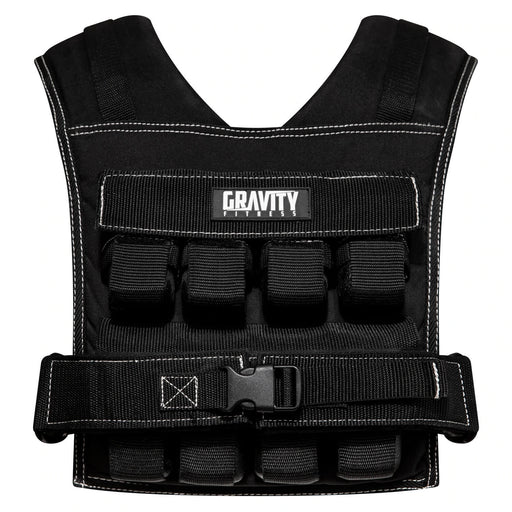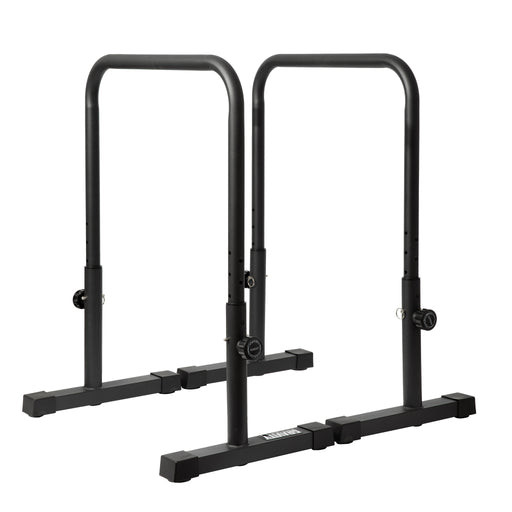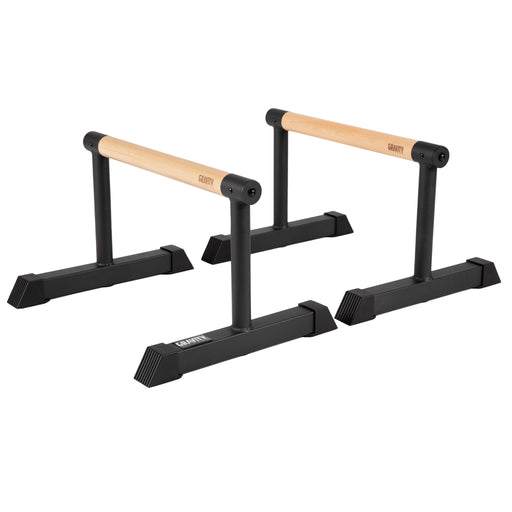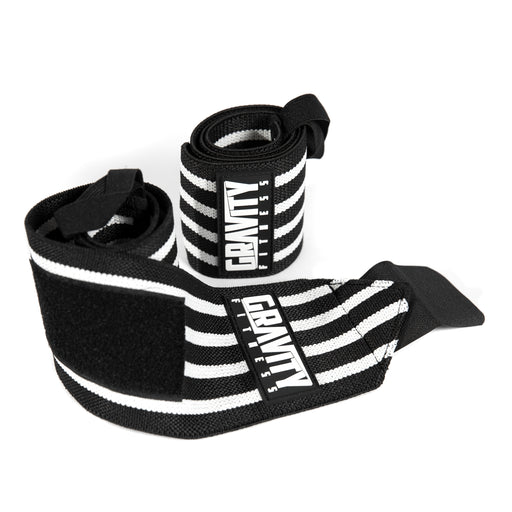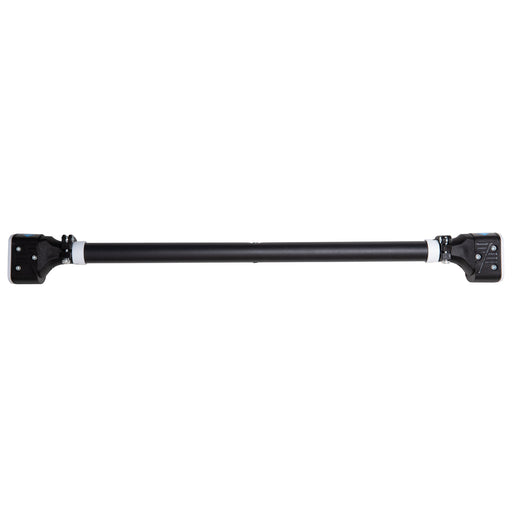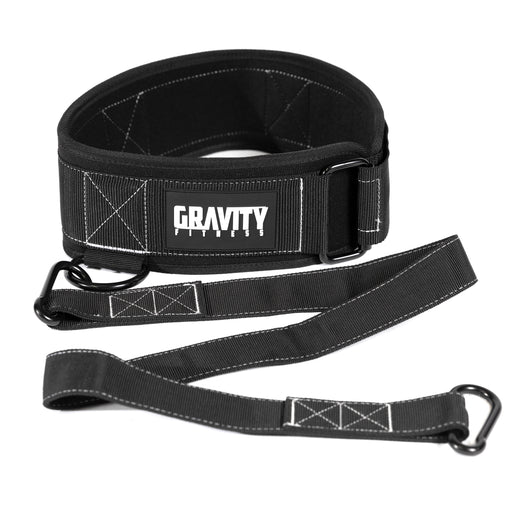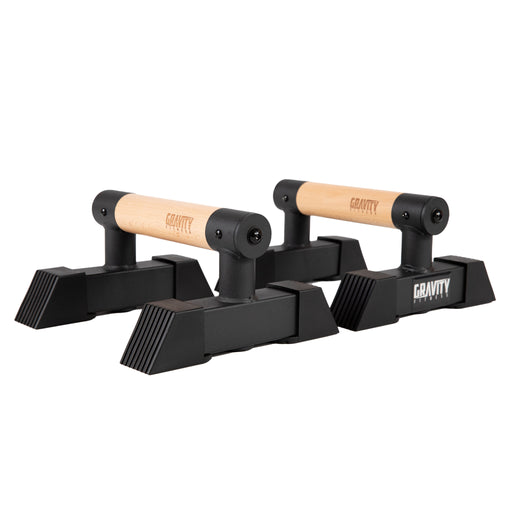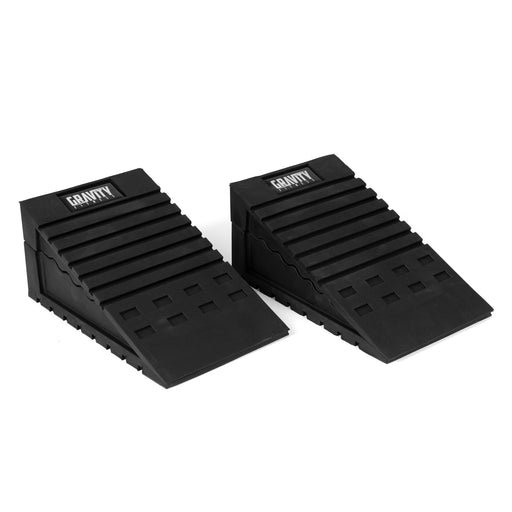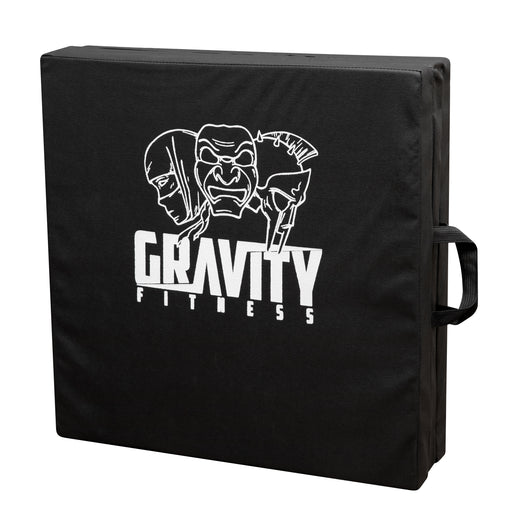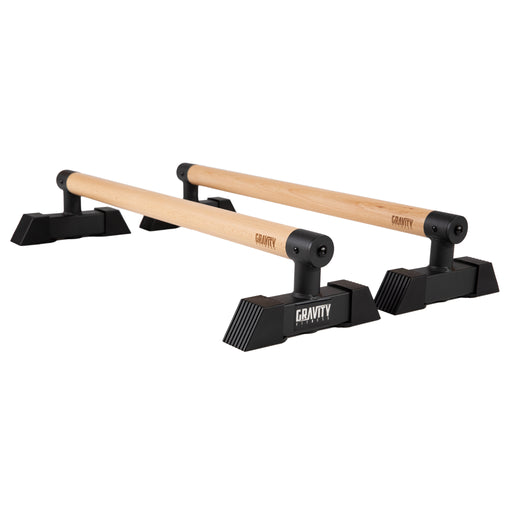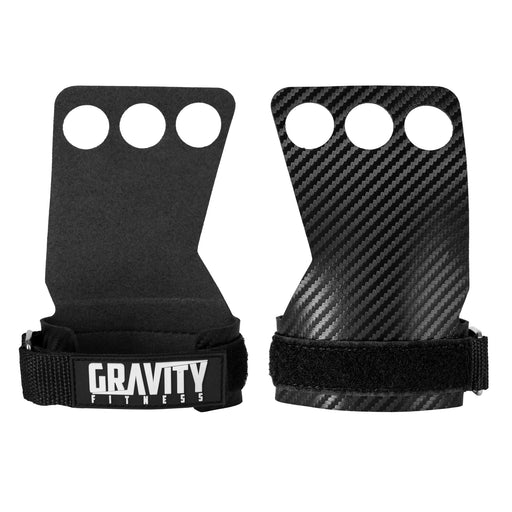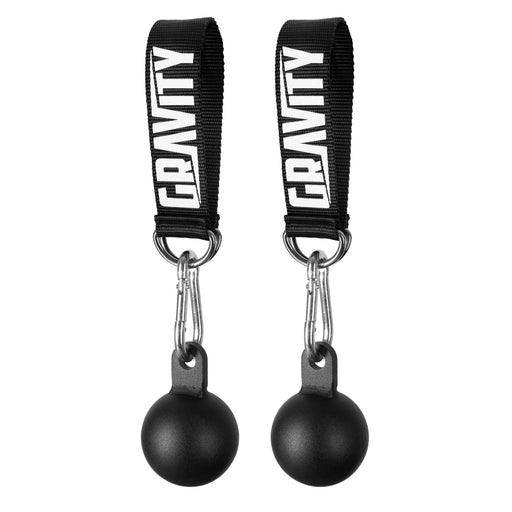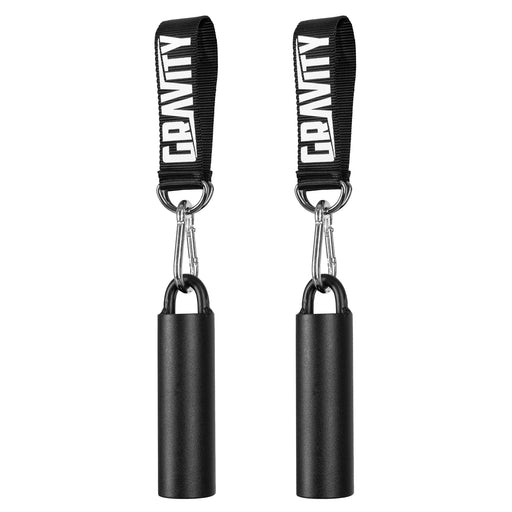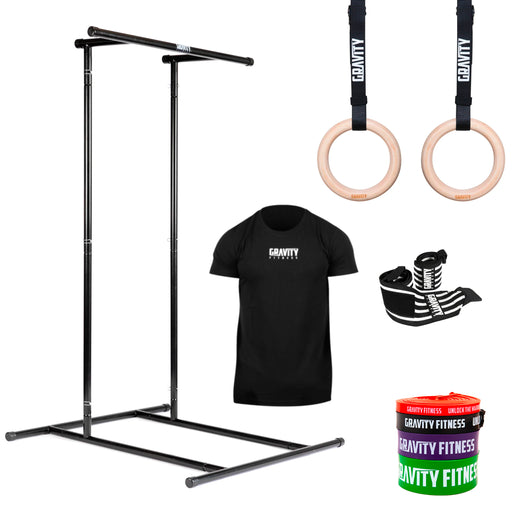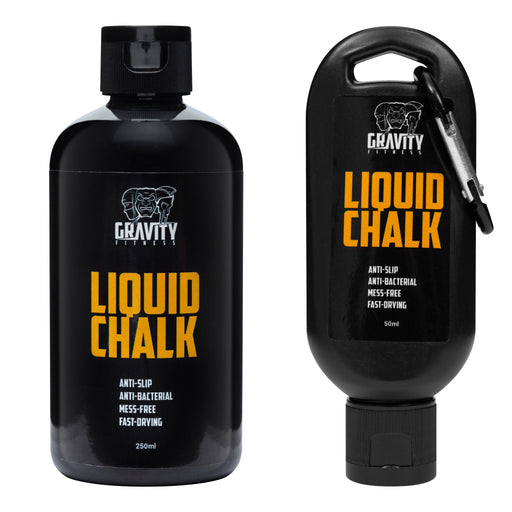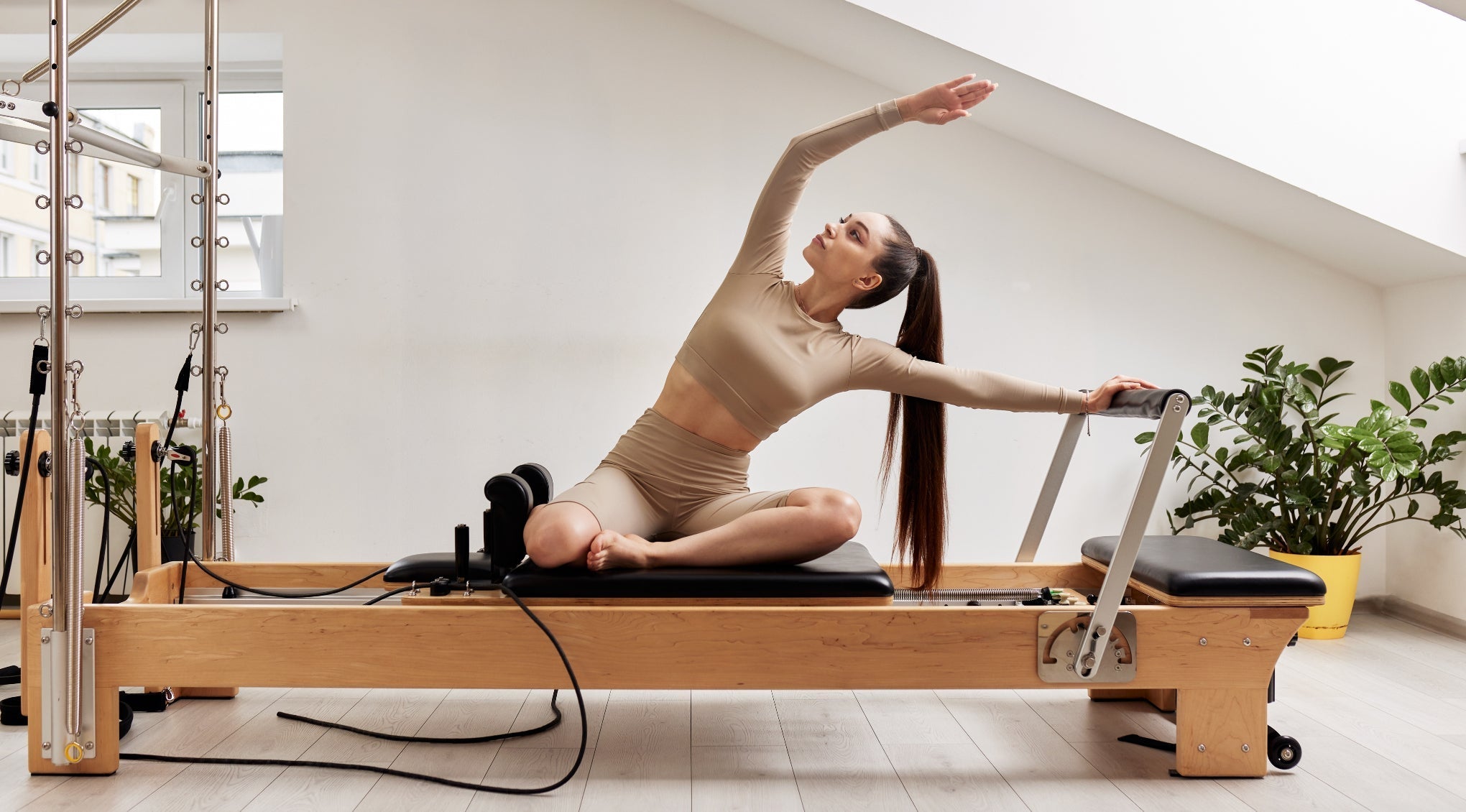
Is Pilates a form of calisthenics?
Calisthenics is built on bodyweight training. You know what else is? Pilates. So can Pilates be considered a form of calisthenics, and do the two types of training work well together? Let's see where they sit on the family tree of bodyweight training – and talk about how they can both be great for your fitness goals.
Links between Pilates and calisthenics
Pilates and calisthenics have interesting histories. Calisthenics has its roots in ancient Greece, where athletes and military used bodyweight exercises and calisthenics tools to develop strength, power, and an athletic physique. Calisthenics today evolved through military training and physical education programmes in the 19th and 20th centuries.
Joseph Pilates developed his method in the early 20th century, originally calling it "Contrology." He had suffered from various illnesses as a child, and created his system to strengthen body and mind. During World War I, he used the techniques to rehabilitate injured soldiers, attaching springs to hospital beds to create resistance – the start of modern Pilates equipment.
Despite their different beginnings, Pilates and calisthenics share a lot:
• mastering bodyweight movement
• building strength without heavy external loads
• developing body awareness and control
• focusing on proper alignment and breathing
There’s also an overlap in muscle engagement. Both target the deep stabilising muscles of the core, lower back, and pelvis. They also both work the arms, shoulders, chest, back, and legs – although the training style is different.
Is Pilates considered calisthenics?
Technically speaking, Pilates is a form of calisthenics, but it’s important to talk about the differences. Calisthenics broadly includes any exercise using bodyweight as resistance, whilst Pilates is a specific system with defined methods and principles.
Traditional calisthenics tends to be more dynamic and power-focused, with movements like pull ups, levers, and muscle ups that build explosive strength. Pilates generally involves more controlled, precise movements with emphasis on the quality of movement rather than intensity.
The crossover is there at the fundamental movements – the Pilates Hundred resembles a hollow body hold from calisthenics, and a Pilates press-up uses the same precision and builds many of the same muscles as calisthenics press-ups.
Which type of Pilates is best for calisthenics?
If you want to add Pilates to your training routine, consider which style might be best for you. Mat Pilates uses bodyweight and a mat – making it most similar to calisthenics. This approach teaches you fundamental Pilates principles without equipment, focusing on proper movement patterns. It's accessible and translates well to calisthenics training.
Reformer Pilates uses a Reformer bed with spring resistance and sliding carriages which gives variable resistance. The main challenge of adding Reformer Pilates to your routine is accessibility and cost – Reformer studios aren’t available everywhere.
There are other types, like Tower Pilates (using wall units with springs) and Cadillac Pilates (using a table-like piece of kit with various attachments) which could help address weaknesses or imbalances.
Can Pilates help with calisthenics?
Pilates can be considered a type of calisthenics, and it can definitely work well with calisthenics workouts. For beginners, Pilates can help build the core strength and body awareness that helps you master basic calisthenics movements. If you’ve been doing calisthenics for a while, you could use Pilates to address imbalances that might be holding back your progress. And if you’re a pro at calisthenics, Pilates brings in something new to prevent plateaus and overtraining. Lots of elite athletes do Pilates for active recovery while still building strength and body control.
What is better Pilates or calisthenics?
This question misses the point - neither one is better than the other. They're complementary approaches that work from the same foundation of bodyweight mastery. And when you do both as part of your regular training routine, you benefit more than from doing either one alone.
Top benefits of calisthenics:
• Building raw strength and power
• Developing skills like muscle-ups and handstands
• Creating muscle definition
• Improving power
Top benefits of Pilates:
• Developing core control and stability
• Drilling precise movement patterns
• Building balanced muscular development
• Enhancing flexibility and recovery
Which Pilates movements are like calisthenics?
If you do Pilates and calisthenics, you’ll recognise some familiar movements. The Pilates plank mirrors the traditional calisthenics plank, usually with more focus on scapular positioning and pelvic alignment. The Pilates press up uses the same pushing pattern as calisthenics press ups, typically with more attention on spinal articulation and shoulder blade movement. Pilates swimming (a prone back extension) works posterior chain stability similar to calisthenics hollow body holds, just from a different position.
Pilates and calisthenics both celebrate what the human body can achieve through working with your own bodyweight and being consistent with key movements. You don’t have to choose between them, so why not do a bit of both? The control and precision of Pilates plus the power and strength of calisthenics will give you a great physical foundation.
